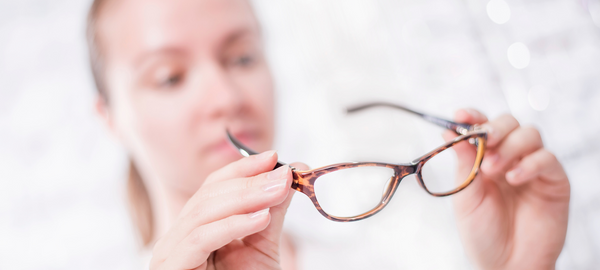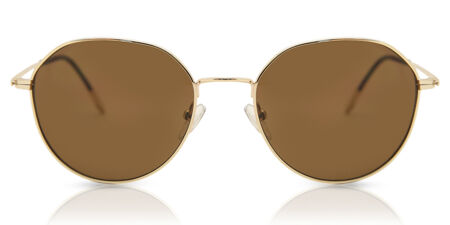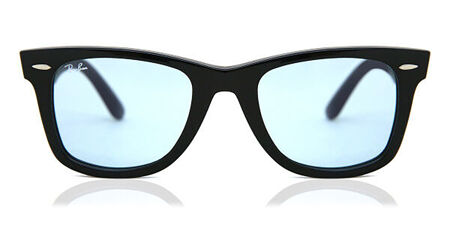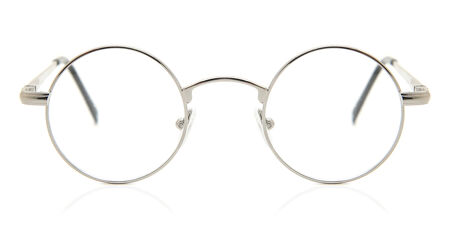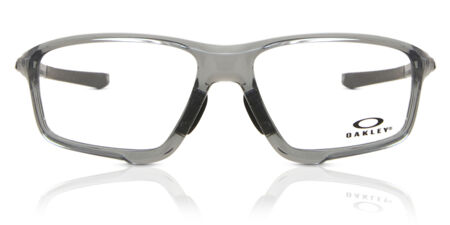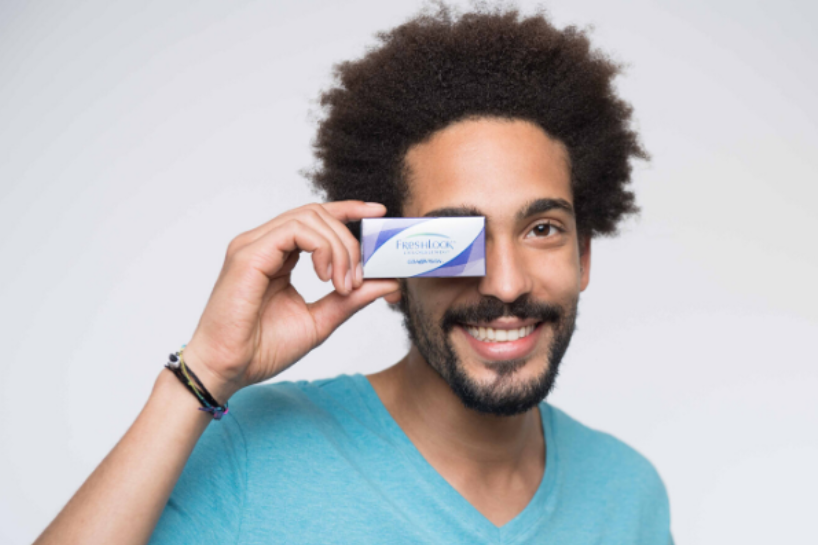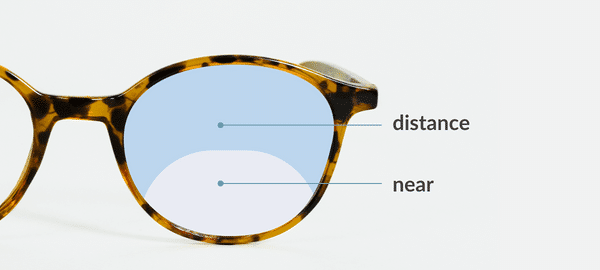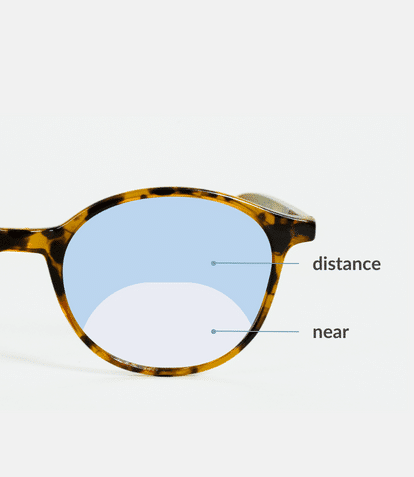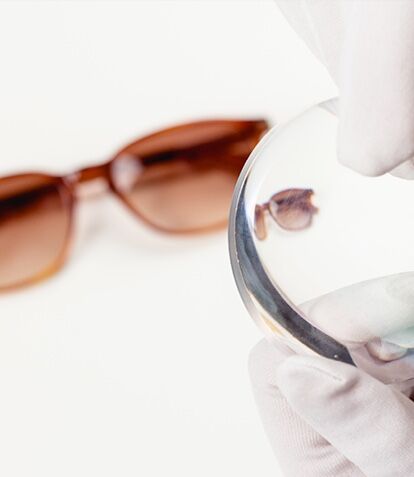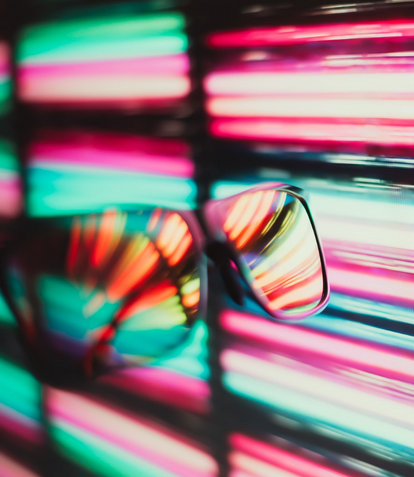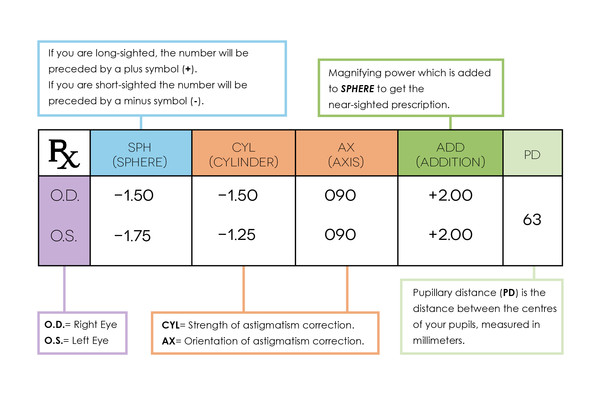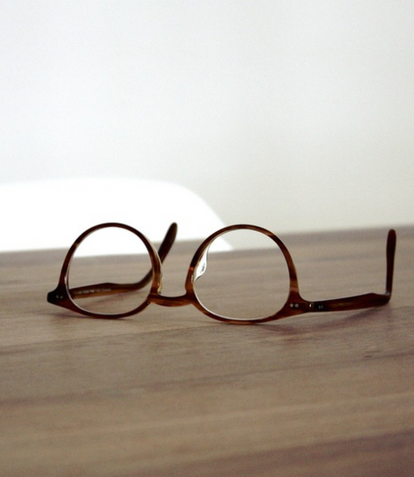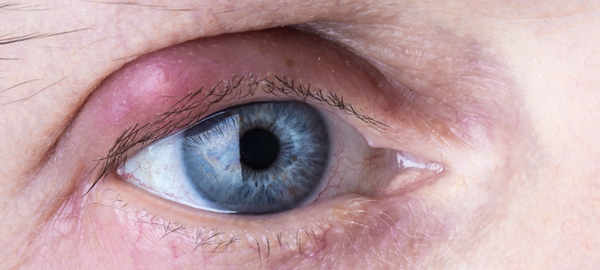
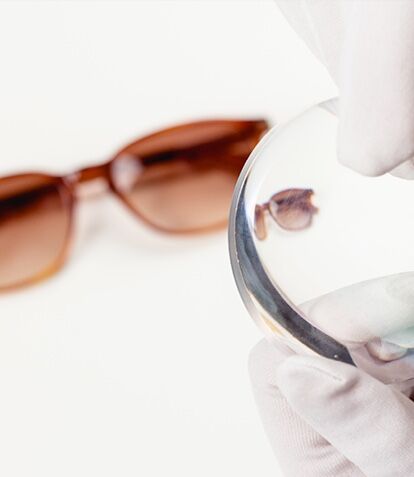
Eye Exercises to Improve Vision
One effective way to decrease your chance of vision impairment with age is to exercise your eye muscles. Weak eye muscles could lead to poor vision later in life and that’s why incorporating eye exercises could be an easy way for you to keep your eye muscles strong and healthy. When your eye muscles are strong, you increase your chance of good vision. By doing eye exercises you also decrease the risk of visual impairments as you and your eyes age.
What is Vision Therapy?
While vision therapy can include eye exercises, as a whole, it is a physical therapy treatment for your eyes put in place by eyecare specialists. Vision therapy can be used to strengthen the eye muscles or deal with certain visual impairments. If your optometrist does not recommend vision therapy, there are still fast and simple eye exercises that you can implement yourself into your daily routine in order to improve your eye health.
What Eye Exercises are Good for Eye Strain?
Activities such as excessive screen time or other tasks that require you to focus your eyes on an object for a long period of time can lead to eye strain. Eye strain happens in the muscle of the eye. By producing healthier eye muscles you could avoid the risk of eye strain in the future. One such eye exercise is so obvious that it might surprise you: blinking. Blinking is one of the most important eye exercises to improve vision because it prevents you from getting dry eye, allowing your eye muscles to focus for longer periods of time.
Blinking Eye Exercise
While it’s true that blinking is supposed to be a natural occurrence, the introduction of digital screens into our daily lives can interfere with the optical frequency and cause us to blink less than we should. One way to perform a blinking eye exercise is to set a timer for a couple of minutes. Blink every five seconds until the two minutes are up in order to complete this eye exercise to improve eyesight. Blinking is one easy eye exercise that you can practice each day to avoid eye strain and strengthen your eye muscles.
Why are Lazy Eye Exercises Important?
Amblyopia, also known as “lazy eye”, is a condition where one eye has poorer vision than the other, typically caused by eye muscle underuse. Lazy eye exercises are especially helpful for Amblyopia patients as they can strengthen the weaker eye muscle that causes lazy eye. Lazy eye exercises often include covering the healthier eye so that the brain is forced to process the weaker eye’s image. This trains the weaker eye to make up for the loss of vision in the healthier one and consequently the muscle becomes stronger.

Focusing Eye Exercise
Eye exercises for lazy eye include working on puzzles or reading small print while wearing an eye patch on the stronger eye. Another quick and easy eye exercise is holding your finger out in front of you and focusing both eyes on it. Slowly move your finger to the tip of your nose keeping it in focus. Stop when things become blurry. This eye exercise will train your eyes to work together to focus on an indicated point.
Yoga Eye Exercises
Did you know there is such a thing as yoga for the eyes? Most yoga eye exercises involve shifting your eye focus. Shifting your eye focus can help engage your eye muscles in needed activity in order to build their strength. One way to shift your focus is to practice eye rolling. In order for eye rolling to be an effective eye exercise you have to start by sitting with your shoulders back and focus your eyes straight out in front of you. Begin by looking up towards the sky, then to the left, and finally down to the ground. Repeat on the other side. You should do this eye exercise ten times in a row, twice a day.
Eye exercises are a quick and simple way to strengthen your eye muscles and decrease your risk of visual impairment as you age. Just like the other muscles in your body, it is important to exercise your eyes every day to build their strength and improve your overall eye health.
Eye Exercises to Improve Vision
One effective way to decrease your chance of vision impairment with age is to exercise your eye muscles. Weak eye muscles could lead to poor vision later in life and that’s why incorporating eye exercises could be an easy way for you to keep your eye muscles strong and healthy. When your eye muscles are strong, you increase your chance of good vision. By doing eye exercises you also decrease the risk of visual impairments as you and your eyes age.
What is Vision Therapy?
While vision therapy can include eye exercises, as a whole, it is a physical therapy treatment for your eyes put in place by eyecare specialists. Vision therapy can be used to strengthen the eye muscles or deal with certain visual impairments. If your optometrist does not recommend vision therapy, there are still fast and simple eye exercises that you can implement yourself into your daily routine in order to improve your eye health.
What Eye Exercises are Good for Eye Strain?
Activities such as excessive screen time or other tasks that require you to focus your eyes on an object for a long period of time can lead to eye strain. Eye strain happens in the muscle of the eye. By producing healthier eye muscles you could avoid the risk of eye strain in the future. One such eye exercise is so obvious that it might surprise you: blinking. Blinking is one of the most important eye exercises to improve vision because it prevents you from getting dry eye, allowing your eye muscles to focus for longer periods of time.
Blinking Eye Exercise
While it’s true that blinking is supposed to be a natural occurrence, the introduction of digital screens into our daily lives can interfere with the optical frequency and cause us to blink less than we should. One way to perform a blinking eye exercise is to set a timer for a couple of minutes. Blink every five seconds until the two minutes are up in order to complete this eye exercise to improve eyesight. Blinking is one easy eye exercise that you can practice each day to avoid eye strain and strengthen your eye muscles.
Why are Lazy Eye Exercises Important?
Amblyopia, also known as “lazy eye”, is a condition where one eye has poorer vision than the other, typically caused by eye muscle underuse. Lazy eye exercises are especially helpful for Amblyopia patients as they can strengthen the weaker eye muscle that causes lazy eye. Lazy eye exercises often include covering the healthier eye so that the brain is forced to process the weaker eye’s image. This trains the weaker eye to make up for the loss of vision in the healthier one and consequently the muscle becomes stronger.

Focusing Eye Exercise
Eye exercises for lazy eye include working on puzzles or reading small print while wearing an eye patch on the stronger eye. Another quick and easy eye exercise is holding your finger out in front of you and focusing both eyes on it. Slowly move your finger to the tip of your nose keeping it in focus. Stop when things become blurry. This eye exercise will train your eyes to work together to focus on an indicated point.
Yoga Eye Exercises
Did you know there is such a thing as yoga for the eyes? Most yoga eye exercises involve shifting your eye focus. Shifting your eye focus can help engage your eye muscles in needed activity in order to build their strength. One way to shift your focus is to practice eye rolling. In order for eye rolling to be an effective eye exercise you have to start by sitting with your shoulders back and focus your eyes straight out in front of you. Begin by looking up towards the sky, then to the left, and finally down to the ground. Repeat on the other side. You should do this eye exercise ten times in a row, twice a day.
Eye exercises are a quick and simple way to strengthen your eye muscles and decrease your risk of visual impairment as you age. Just like the other muscles in your body, it is important to exercise your eyes every day to build their strength and improve your overall eye health.





































